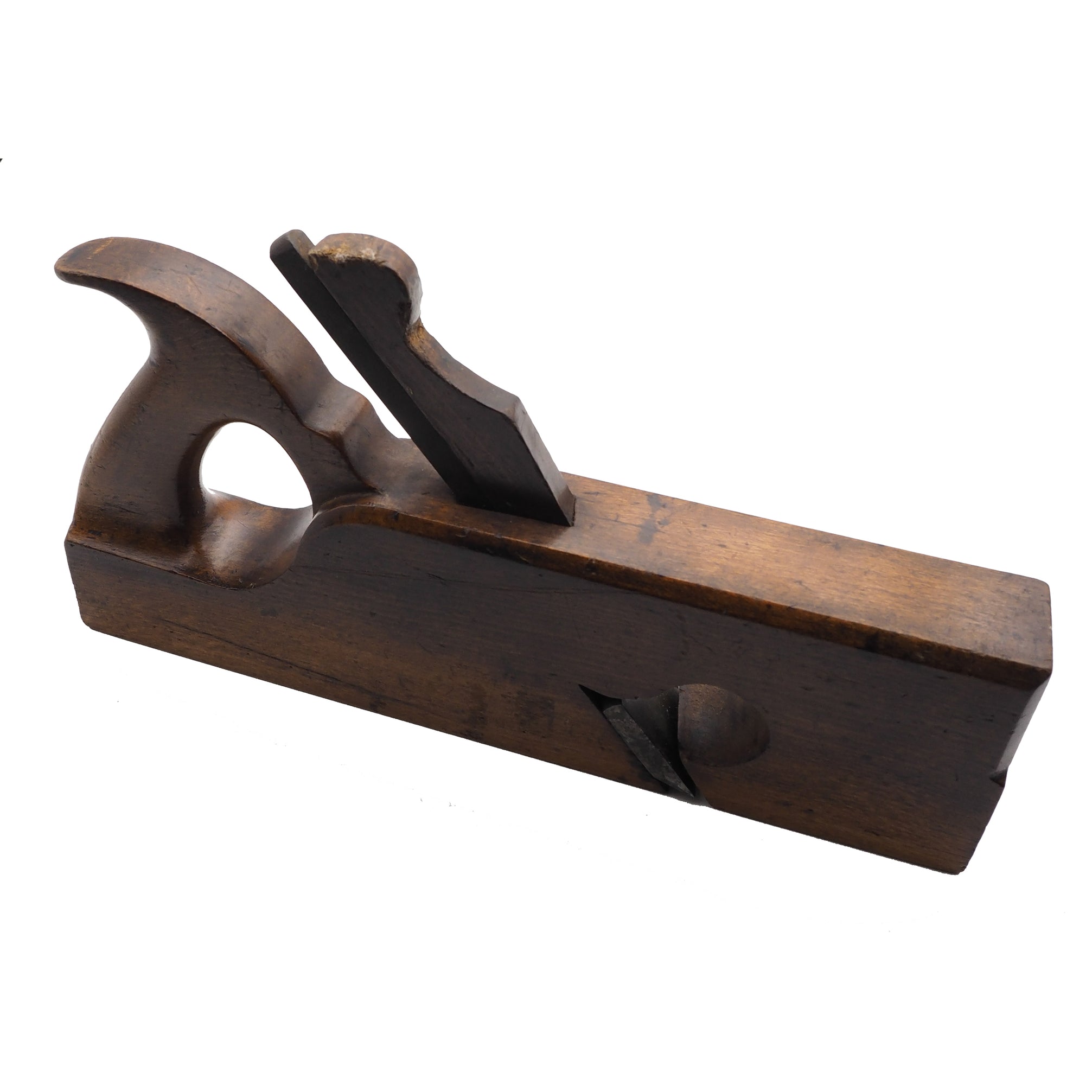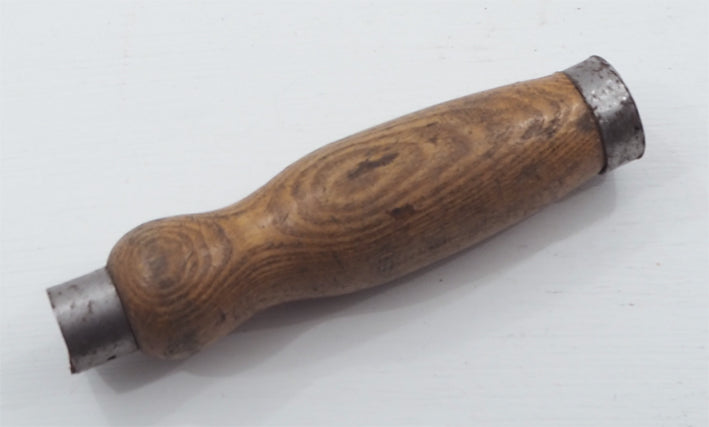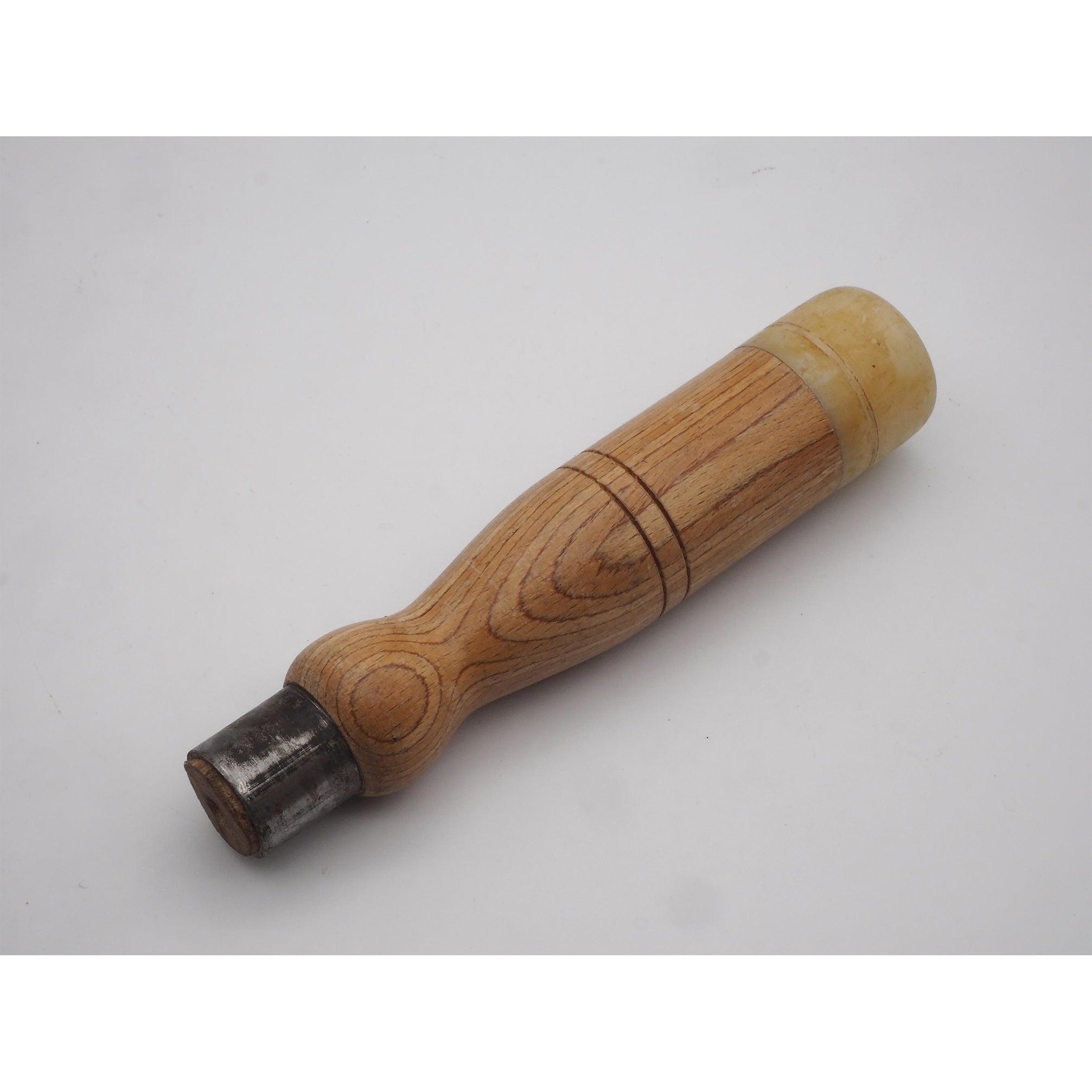It appears that your cart is currently empty
Crafting the Perfect Wooden Handles for Your Vintage Tools
At Tool Bazaar, we have a deep appreciation for the artistry and tradition that go into woodworking, especially when it comes to restoring and using old woodworking tools.
For any traditional craftsman, the connection between the tool and its handler is vital.
And a tool with a solid, well-crafted wooden handle, not only enhances that tool’s but also its functionality and effectiveness.
Today, we’re going to dive deeper into the topic of wooden handle tools. We will discuss the art of crafting wooden handles that can help bring your vintage tools back to their original glory and share some expert tips for making the most of your old woodworking tools.
So, without further ado, let’s get into it!

The history of wooden handles
As old tool collectors ourselves, we boast a true passion for tools of a bygone era. Our love for traditional craftsmanship extends beyond the products we sell to the stories and histories of the tools themselves.
Among these, the story of wooden tool handles stands out as a testament to human ingenuity and adaptability.
These humble yet crucial instruments have played a pivotal role in shaping civilisation as we know it today. Let’s take a stroll down memory lane to uncover the origins and evolution of wooden handles and vintage tools so that we can truly appreciate their presence in our toolkits.

The origins of wooden handles for tools
Wooden handles are present among the earliest tools utilised by mankind, fundamental in everyday activities ranging from agriculture to construction.
Imagine the first communities shaping the landscape, building the first walls, and tilling soil with tools gripped by wooden handles. This simple innovation—a stick shaped to fit the human hand—marked a significant leap in tool design, enhancing the efficiency and effectiveness of early tools.
The story of wood working tools begins thousands of years ago, possibly with the first civilisations. These early humans discovered that attaching a wooden handle to a stone or metal head allowed for better leverage and force application, making work easier and less physically demanding.
In regions like ancient Egypt, despite the scarcity of wood, wooden handles were crucial for agricultural implements and construction tools. The use of solid, well-crafted wooden handles helped to build monumental structures that still awe us today.
But how and when did these basic tools slowly begin to evolve into the modern counterparts we recognise today?
Cultural adaptations and technological progress
As civilisations evolved, so did wood working tools. Each culture brought its unique approach to the design and production of these tool types, changing and advancing them over time.
By the European Middle Ages, crafting wooden handle tools had become a specialised craft. Skilled artisans in villages and towns across Europe would create durable, functional handles for a variety of wooden handle tools, each tailored to the specific needs of its use—from farming implements like hoes and pitchforks to construction tools such as hammers and chisels.
The industrial revolution in the 19th century marked a significant turning point for wooden handle tools production. The advent of steam-powered machinery and later, electrical tools, allowed for more precise and efficient manufacturing processes.
This era saw wooden handles becoming even more resilient and ergonomically designed, enhancing their utility and durability.

Why wooden handle tools still matter
Despite technological advancements and the availability of various new materials, wooden handles remain irreplaceable in many aspects of daily life and work.
They offer durability, environmental sustainability, and a natural aesthetic that modern materials often fail to replicate. More importantly, they maintain a tactile connection to the past, reminding us of the craftsmanship and heritage that are integral to our trades and cultures.
Wooden handles tools are a link to our collective history and a reflection of our continual innovation. As we look to the future, they remind us of the importance of blending tradition with technology, ensuring that we carry forward the legacy of craftsmanship while embracing modern advancements.
At Tool Bazaar, we're proud to be part of this ongoing story, providing craftsmen around the world with old wood working tools that are not only effective but also imbued with history and character.
Choosing the right wood for your tool handles
Selecting the appropriate wood is crucial for crafting tool handles that are not only functional but also durable.
At Tool Bazaar, we understand that each type of wood brings its own set of characteristics and benefits, making certain woods better suited for specific types of tools.
Let’s dive deeper into some of the top choices among seasoned woodworkers and why they might be the perfect fit for your old wood working tools.

Hickory: The workhorse of tool handles
Hickory is highly prized for its exceptional strength and shock resistance, qualities that make it the ideal choice for striking tool handles, such as hammers and axes.
The dense, tough wood absorbs impacts well, minimising the shock transmitted to the user's hands and reducing fatigue during prolonged use.
Its resilience makes hickory handles last through years of rigorous work, making it a staple in any craftsman's toolkit.

Ash: Flexible strength
Ash wood is known for its impressive balance of flexibility and strength, which is crucial for tools that need to withstand force yet offer some give.
This makes ash particularly suitable for handles of tools like shovels and rakes, where a degree of flexibility is beneficial.
The wood’s straight grain also contributes to its durability and ease of work, allowing craftsmen to shape it into comfortable, ergonomic handles that enhance the tool’s functionality.
Maple: Durability and comfort
Maple ranks highly for its hardness and durability, attributes that are essential for tools subjected to constant wear and tear.
Its tight grain provides a smooth finish that is not only pleasing to the eye but comfortable in the hand.
Maple handles can withstand the demands of detailed work, such as carving or sculpting, where precision is key, and the comfort of the grip can significantly affect the outcome.
Walnut: Elegance and style
While slightly softer than the other woods mentioned, walnut is chosen for its distinctive colour and attractive grain patterns, which add an element of beauty to any tool handle.
Perfect for decorative tools that are often displayed or used in fine woodworking, walnut handles offer a touch of elegance and style that elevates the craftsmanship of the tool itself.
Though it may not be as hard as maple or as resilient as hickory, walnut’s appeal lies in its aesthetic qualities, making it a favourite for craftsmen who value appearance as much as functionality.

The right wood for the right tool
Each old wood working tool type offers something different, whether it’s the unbeatable strength of hickory, the balanced flexibility of ash, the enduring hardness of maple, or the visual appeal of walnut.
Understanding these properties allows you to choose the best wood for your tool's specific needs, ensuring that it not only performs well but also stands the test of time.
At Tool Bazaar, we celebrate the diversity of wood as a material and its ability to bring out the best in both the tools and the craftsmen who use them.
Choosing the right wooden handle tool is a personal one that reflects the craftsman’s style and approach to their work.
Shaping the perfect handle
Shaping a wooden handle tool is both an art and a science.
It begins with selecting a wood blank that is free from defects and has a straight grain.
This ensures the handle will be strong and durable. The shaping process usually involves a combination of sawing, carving, and sanding.
- Rough Cutting: Start by cutting the wood to a rough shape of the handle using a traditional saw.
- Carving: Use chisels and gouges to get closer to the final shape, paying attention to the ergonomics of the grip.
- Sanding: Finish by sanding the handle smooth, starting with coarse grit and moving to finer grits for a polished finish.
The goal is to create a handle that not only fits the tool perfectly but also feels like an extension of the craftsman’s hand.

Reconnecting with tradition
By choosing or crafting a wooden handle for your vintage tools, you're not just performing a task, you're honouring a centuries-old tradition of craftsmanship.
Whether you’re turning wood on a lathe for a perfect chisel handle or carving out a new handle for your grandfather’s saw, you're contributing to a lineage of skilled artisans who appreciate the value of good tools.
At Tool Bazaar, we believe that every tool tells a story, and the handle is as much a part of that story as the blade or the head.
By restoring and using vintage tools with carefully crafted wooden handles, we keep the spirit of traditional craftsmanship alive and thriving.
So, embrace the process, select your wood carefully, and enjoy every moment of bringing your tools back to their former glory—it's a truly rewarding journey for any craftsman.
Remember, the perfect wooden handle not only enhances the tool but enriches your entire woodworking experience.
Explore our curated collection of vintage tools and discover the ideal wooden handle that blends tradition, functionality, and style or get in touch with us. We always have something special waiting for you in our collection.


0 comments